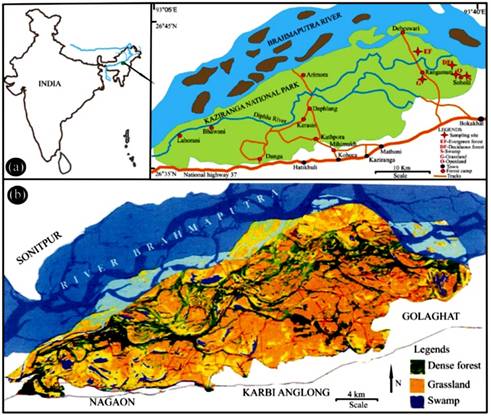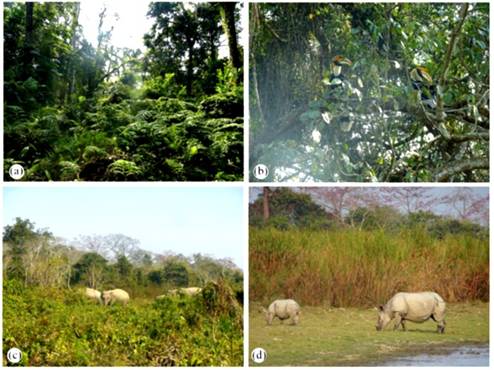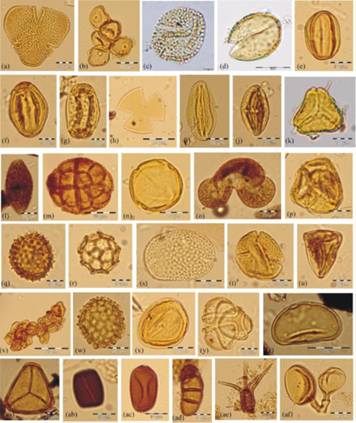Unveiling the past to inform the future: A new study by scientists from the Birbal Sahni Institute of Palaeosciences (BSIP) has unlocked secrets hidden within the soil of Kaziranga National Park. By analyzing pollen and other microscopic fossils, they’ve developed a powerful tool to interpret past climate and vegetation changes, offering valuable insights for conserving biodiversity in this crucial national park.
Climate change and its impact: As our planet grapples with climate change, understanding past environmental shifts becomes crucial for predicting future scenarios and protecting vulnerable ecosystems. National parks like Kaziranga, with their rich biodiversity, face increasing threats from extreme weather events and changing landscapes.
Modern pollen analogues: A window to the past: The research team created a modern pollen analogue dataset, essentially a reference library linking specific pollen types to different vegetation zones within the park. This allows them to analyze pollen from ancient soil samples and reconstruct past vegetation cover, providing a window into the climatic conditions that prevailed at that time.
Benefits for biodiversity conservation: This newfound knowledge holds immense significance for conservation efforts. By understanding how past climate changes impacted vegetation and animal populations, scientists can predict future trends and develop strategies to mitigate the impact of climate change on Kaziranga’s unique biodiversity.



Key takeaways:
- Pollen analysis: This study highlights the potential of pollen analysis as a powerful tool for reconstructing past climate and vegetation changes.
- Informing conservation: The findings can inform conservation strategies and help protect vulnerable species within Kaziranga National Park.
- National Biodiversity Mission: The research aligns with the goals of the National Biodiversity Mission, contributing to the preservation of India’s rich biodiversity.
Stay informed, take action:
- Read the full research paper: Access the study through the provided link to learn more about the methodology and findings.
- Spread awareness: Share this article with your network to raise awareness about the importance of biodiversity conservation and the innovative research being conducted in India.
- Support conservation efforts: Consider getting involved in organizations working to protect Kaziranga National Park and other biodiversity hotspots in India.
By understanding our past, we can better prepare for the future and ensure a thriving natural world for generations to come. Let’s join hands to support research and conservation efforts that safeguard the incredible biodiversity treasures of India.
